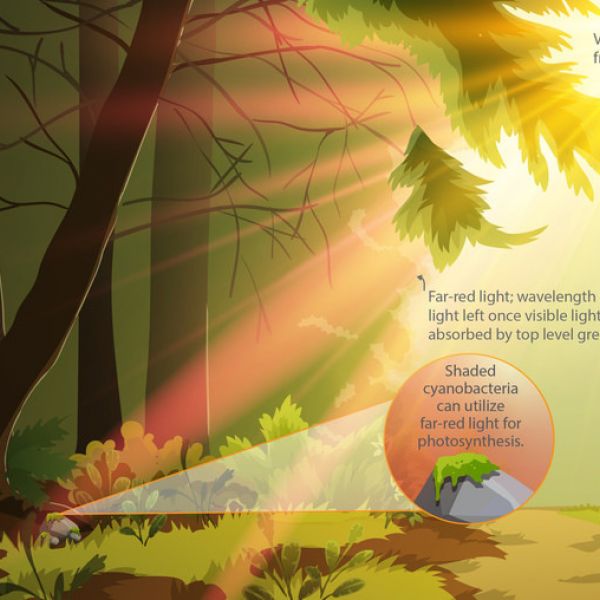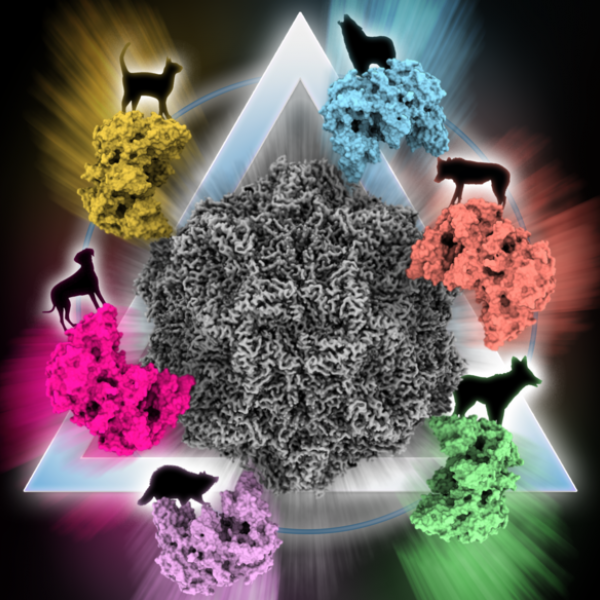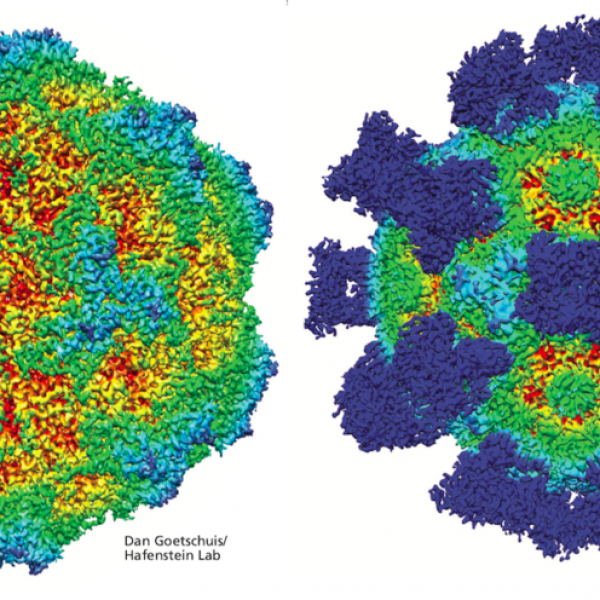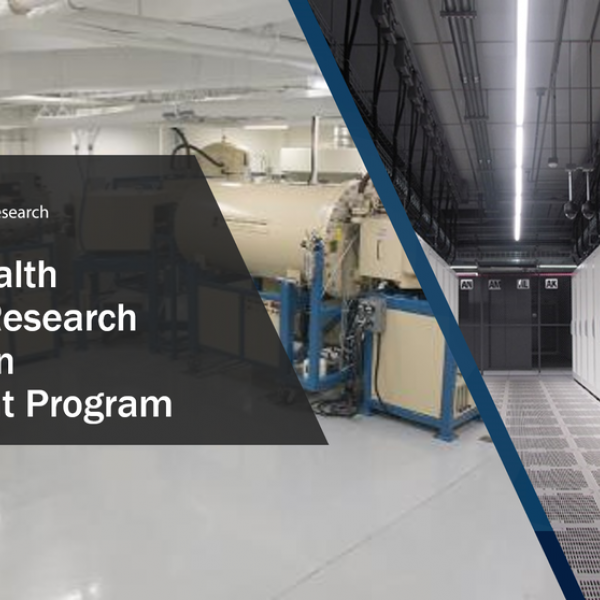News

Feb 07, 2020
Scientists solve structure enabling cyanobacteria to thrive in low light
Scientists have determined the structure of the protein complex that gives cyanobacteria their unique ability to convert weak, filtered sunlight into useable energy. Their findings could one day be used to engineer crops that thrive under low-light conditions.
Full Article

Sep 24, 2019
Virus may jump species through 'rock-and-roll' motion with receptors
Like a janitor thumbing through a keychain to find just the right key to open a lock, the "rock-and-roll" motion of the canine parvovirus during the binding process may help explain how the virus can find the spot on a receptor to infect not just dogs, but multiple species, according to an international team of researchers.
Full Article

Aug 19, 2019
Resolution Revolution: Penn State welcomes a new era of atomic-level imaging with cryo EM facility
Using extreme cold to arrest fluid samples in motion, cryo EM allows researchers to see proteins, clusters of molecules, and viruses with astounding clarity—to the point where individual atoms may become visible.
Full Article

Nov 06, 2018
Partnership announced between Commonwealth Campuses and shared facilities
The Office of the Vice President for Research at Penn State has announced the launch of a new program to support increased usage of shared core facilities and services by faculty at the Commonwealth Campuses.
Full Article
Aug 31, 2017
Convergence of Transmission Electron Microscopy Methods for Materials and Life Sciences
On November 3rd there will be a workshop to discuss common transmission electron microscopy methods and new instrumentation. This workshop is part of the new Common Vision initiative established by MRI and the Huck Institutes to foster collaboration between Life Sciences and Materials Sciences.
Full Article
Aug 03, 2010
Ancient gene family linked to the future of epileptic seizures
A potassium-channel gene belonging to an ancient gene family more than 542 million years old is opening new avenues in epilepsy research, and may one day allow researchers to develop more effective drugs with fewer side effects for the treatment of epileptic seizures.
Full Article